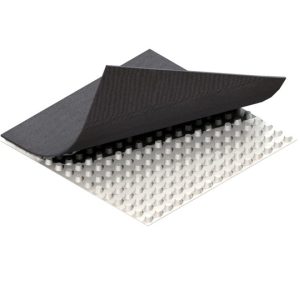Sanitary Pad Raw Materials: Key Components and Their Functions
# Sanitary Pad Raw Materials: Key Components and Their Functions
## Introduction to Sanitary Pad Composition
Sanitary pads are essential feminine hygiene products designed to absorb menstrual flow while providing comfort and protection. The effectiveness of these products depends on the quality and combination of various raw materials used in their production. Understanding these components helps consumers make informed choices about the products they use.
## Core Absorbent Layer Materials
The absorbent core is the most critical part of any sanitary pad, responsible for locking away menstrual fluid:
### Wood Pulp (Fluff Pulp)
The primary absorbent material in most pads is wood pulp, often referred to as fluff pulp. This natural fiber has excellent liquid absorption and retention properties. Manufacturers typically use bleached softwood pulp for its superior absorbency compared to hardwood varieties.
### Super Absorbent Polymer (SAP)
Modern pads incorporate SAP – a synthetic material that can absorb many times its weight in liquid. This hydrogel-forming polymer transforms liquid into a gel, preventing leakage and keeping the surface dry. SAP allows for thinner pad designs without compromising absorbency.
## Top Sheet Materials
The layer that comes in direct contact with the skin must be soft and comfortable:
### Nonwoven Fabric
Most top sheets use nonwoven polypropylene or polyethylene materials. These synthetic fabrics are designed to be soft against the skin while allowing rapid liquid penetration to the absorbent core below. Some premium products use perforated or textured nonwovens for enhanced dryness.
### Cotton Cover
Some brands offer organic or natural cotton top sheets for consumers preferring plant-based materials. While generally more breathable, cotton covers may not provide the same dryness as synthetic nonwovens.
## Back Sheet Materials
The waterproof backing prevents leaks and protects clothing:
### Polyethylene Film
The most common back sheet material is thin polyethylene plastic film, which provides an effective moisture barrier. Recent innovations include microporous films that allow some breathability while maintaining protection.
Keyword: sanitary pad raw material
### Nonwoven Back Sheets
Some premium pads use nonwoven back sheets for improved breathability and comfort, often combining them with a thin moisture barrier layer.
## Additional Components
### Adhesive Systems
Sanitary pads include several types of adhesives:
– Pressure-sensitive adhesive for securing the pad to underwear
– Construction adhesives for bonding layers together
– Release paper protects the adhesive before use
### Fragrance and Deodorants
Some pads incorporate odor-control agents, though these may cause irritation for some users. Unscented options are widely available.
### Wings and Side Barriers
Elastic components and raised barriers along the sides help prevent leaks and improve fit. These are typically made from nonwoven materials with elastic strands.
## Environmental Considerations
With growing environmental awareness, manufacturers are exploring sustainable alternatives:
– Biodegradable wood pulp from responsibly managed forests
– Plant-based SAP alternatives
– Compostable nonwoven materials
– Reduced plastic content in back sheets
Understanding these materials helps consumers choose products that align with their comfort needs, health considerations, and environmental values. The continuous innovation in sanitary pad materials promises even better performance and sustainability in future products.


